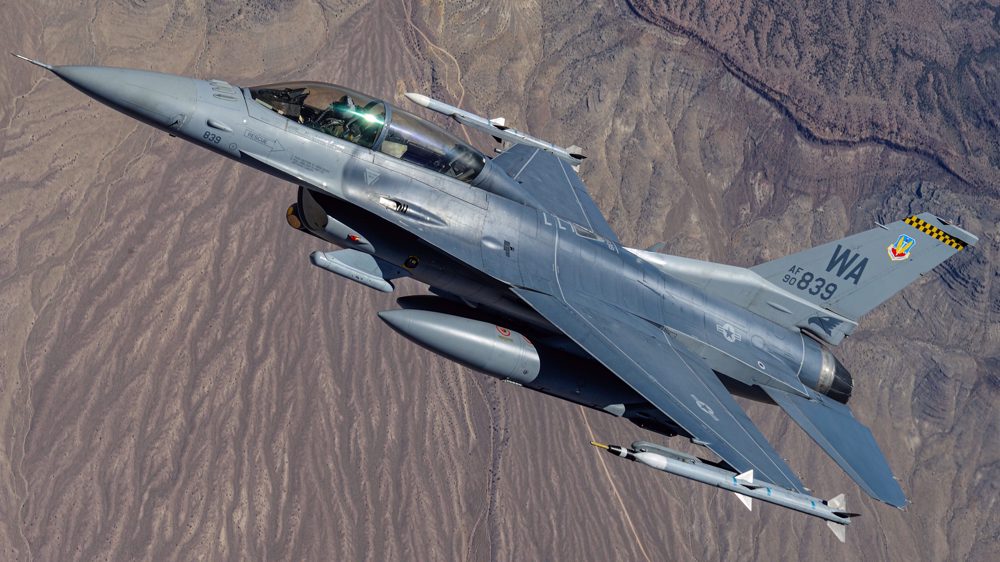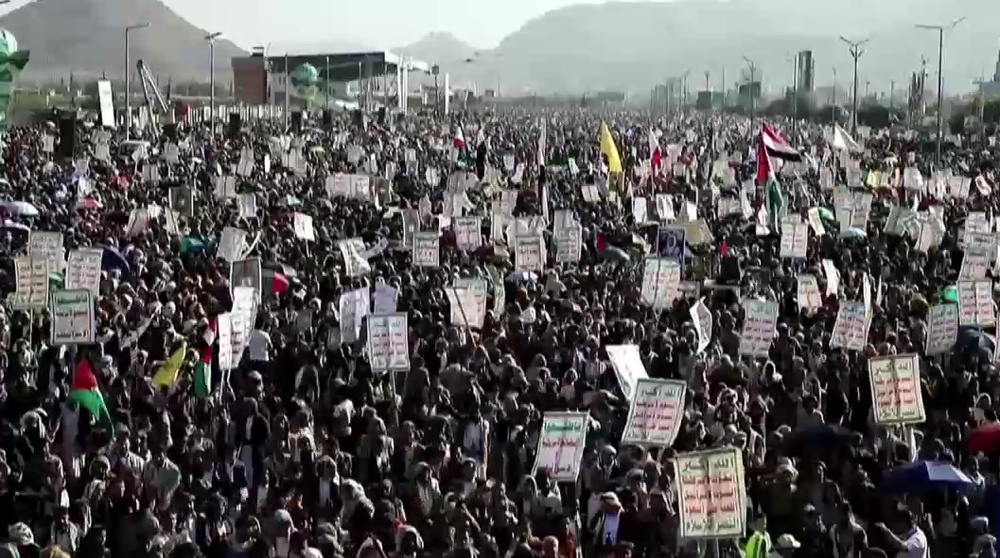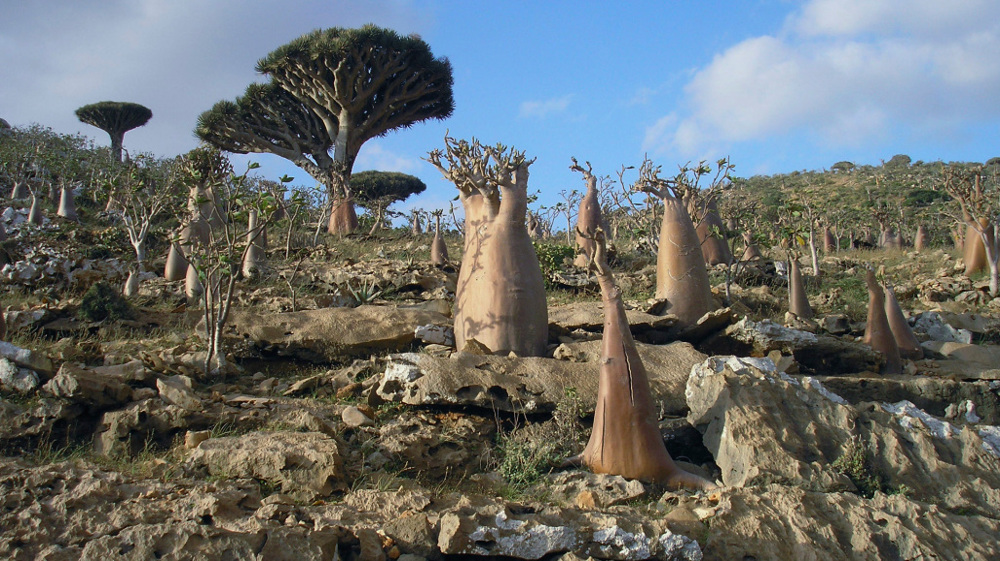Brookings: Saudis, UAE entrenching hold on Yemen's strategic parts
Saudi Arabia and the United Arab Emirates (UAE) are quietly consolidating their foothold in Yemen by setting up bases in strategic locations in the war-torn country, US research group the Brookings Institute says.
The territorial acquisition comes as the peace process has stalled between the Saudi-led coalition of aggressor states and the popular Ansarullah movement, which is backed by the Yemeni armed forces defending the impoverished country against Saudi onslaught.
According to Brookings, the Saudis have focused their attention on the eastern province of al-Mahrah, Yemen’s second largest, with 300,000 residents.
Riyadh, which currently has 20 bases and outposts in al-Mahrah, took control of the province in 2017 after occupying its capital and port as well as the border posts with Oman.
Human Rights Watch has reported that Saudi troops and local allied tribes have used force, torture, and arbitrary detention to squelch any opposition to their occupation.
Taking al-Mahrah would give Saudi Arabia direct access to the Indian Ocean as Riyadh reportedly has plans to construct an oil pipeline from its Eastern Province through al-Mahrah to the sea, easing its dependence on the Straits of Hormuz for exporting oil, Brookings said.
The Omanis are closely monitoring the Saudis’ role in al-Mahrah. Al-Mahrah was the base for communist South Yemen to support the Dhofar rebellion in the 1970s, which was defeated.
Oman is the only Persian Gulf monarchy which did not join the Saudi war coalition and has remained neutral in Yemen, often hosting foreign talks with the Yemeni resistance forces in Muscat.
Sultan Qaboos decided in 2016 that the Saudi decision to intervene in Yemen was reckless and misguided.
"His successor is rightly concerned about the future of Yemen, especially the southeastern provinces of al-Mahrah and Hadramawt," Brookings said.
Abu Dhabi, on the other hand, is focused on Yemen’s strategic islands.
The UAE, which has reduced its military presence in Yemen and quietly chosen to get out of the Yemeni quagmire as much as possible, is very active in several key Yemeni islands.
Most recently, satellite images obtained by The Associated Press have shown that the UAE is building a sizable air base on the island of Mayun which is located in the Bab el-Mandeb Strait that links the Red Sea to the Gulf of Aden.
The island — five square miles in size — is key to the control of the strategic strait.
Abu Dhabi is also in control of the island of Socotra -- known as the 'Jewel of Arabia' or the “Galapagos of the Middle East” -- in the Gulf of Aden which is much larger than Mayun with as many as 60,000 residents.
The Emiratis have a military base in Socotra that is used to collect intelligence on maritime traffic in the Bab el-Mandeb and the Gulf of Aden.
The violation of Yemen's territorial integrity by the Saudi-led coalition has been repeatedly condemned by the Yemeni government, rights organizations and the international community.
Saudi Arabia, backed by the US and regional allies, launched a devastating war on Yemen in March 2015, with the goal of bringing the government of former Yemeni president Abd Rabbuh Mansur Hadi back to power and crushing the popular Ansarullah movement.
Yemeni armed forces and allied Popular Committees have, however, gone from strength to strength against the Saudi-led invaders, and left Riyadh and its allies bogged down in the country.
Yemenis have stepped up their attacks on Saudi Arabia in recent months, saying the retaliatory strikes will continue as long as Riyadh carries on with its airstrikes and blockade.
The Saudi-led military aggression has left hundreds of thousands of Yemenis dead, and displaced millions of people. The Saudi war has also destroyed Yemen's infrastructure and spread famine and infectious diseases across the country.

Yemeni PM: Hezbollah brought Zionist enemy to its knees

Yemeni forces target US warplane: Report

Mass protests in Yemen against Trump’s Gaza relocation plan
Israeli jets flyby over Nasrallah funeral ‘act of terror’: Iran FM
IRGC: Nasrallah funeral ‘global resonance of resistance’; Hezbollah resolute to dismantle Israel
VIDEO | Pakistanis attend mass funeral for martyred Hezbollah leaders
Hamas condemns escalation as Israel deploys tanks into West Bank for first time in decades
Iran Army’s hovercrafts fitted with advanced long-range missiles: Navy chief
VIDEO | Pro-Palestine protesters in Madrid call for end to Israeli crimes
VIDEO | Tehran commemorates martyred Hezbollah leader
VIDEO | Press TV's news headlines









 This makes it easy to access the Press TV website
This makes it easy to access the Press TV website